In Southwestern Nevada, there’s a place where some of the purest, clearest, cleanest and most pristine water bubbles to the surface. Shocked? You shouldn’t be. As I’ve discussed before, large swathes of Eastern California used to be glacial lakes, such as where present day Trona and the Trona Pinnacles are located. There’s also an oasis in the former town of Zzyzx, and groundwater at Salt Creek in Death Valley and Badwater. Even cooler, Death Valley has salt pools that randomly appear and disappear across the Valley floor proper in random locations (one of the more accessible pools is currently located by the Devil’s Golf Course, but it is closing – slowly!). When you look at it like this, through the lens of time, geologic change, as well as the interconnected nature of the environment, crystal clear desert oases really aren’t that surprising.
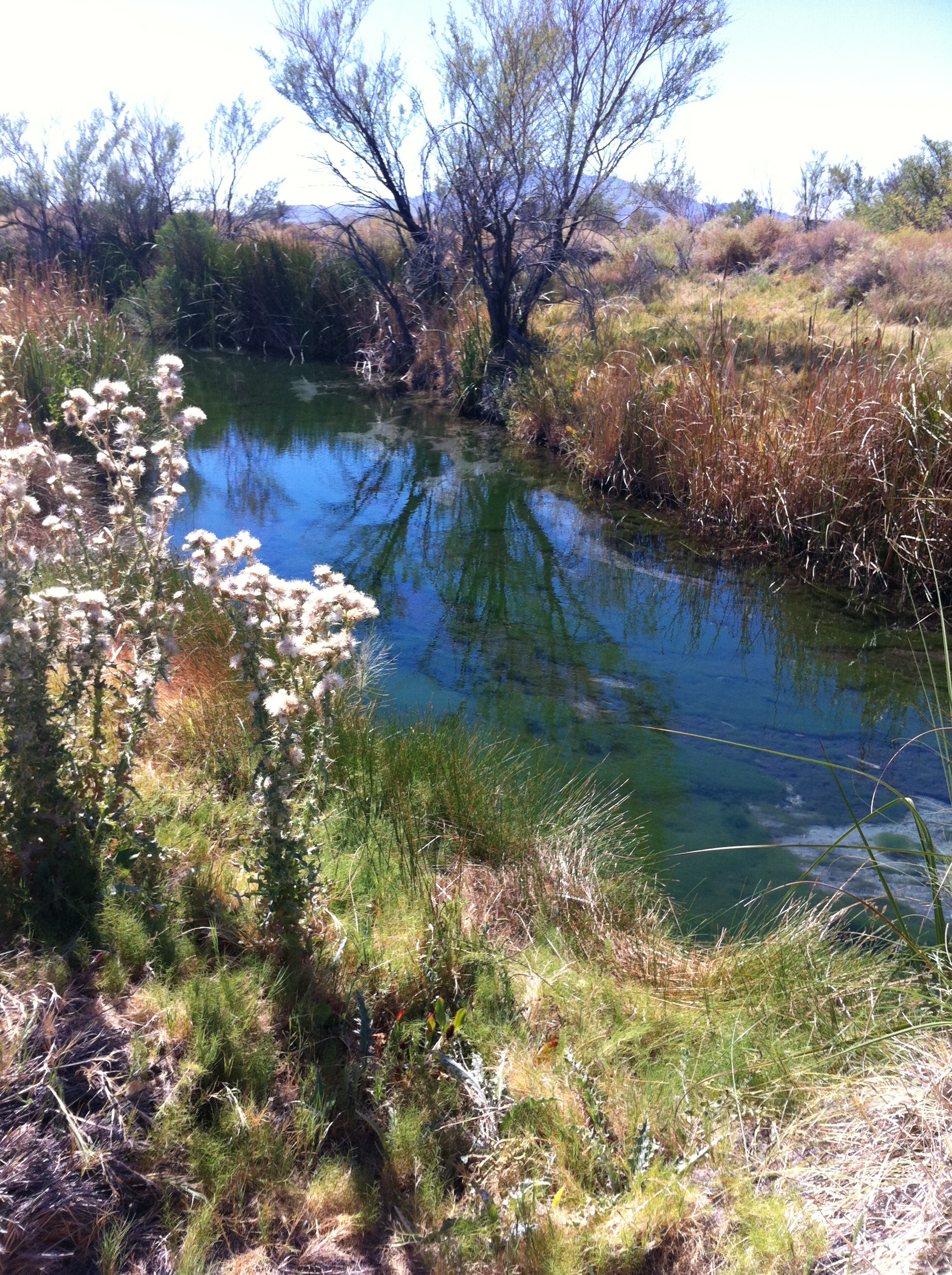
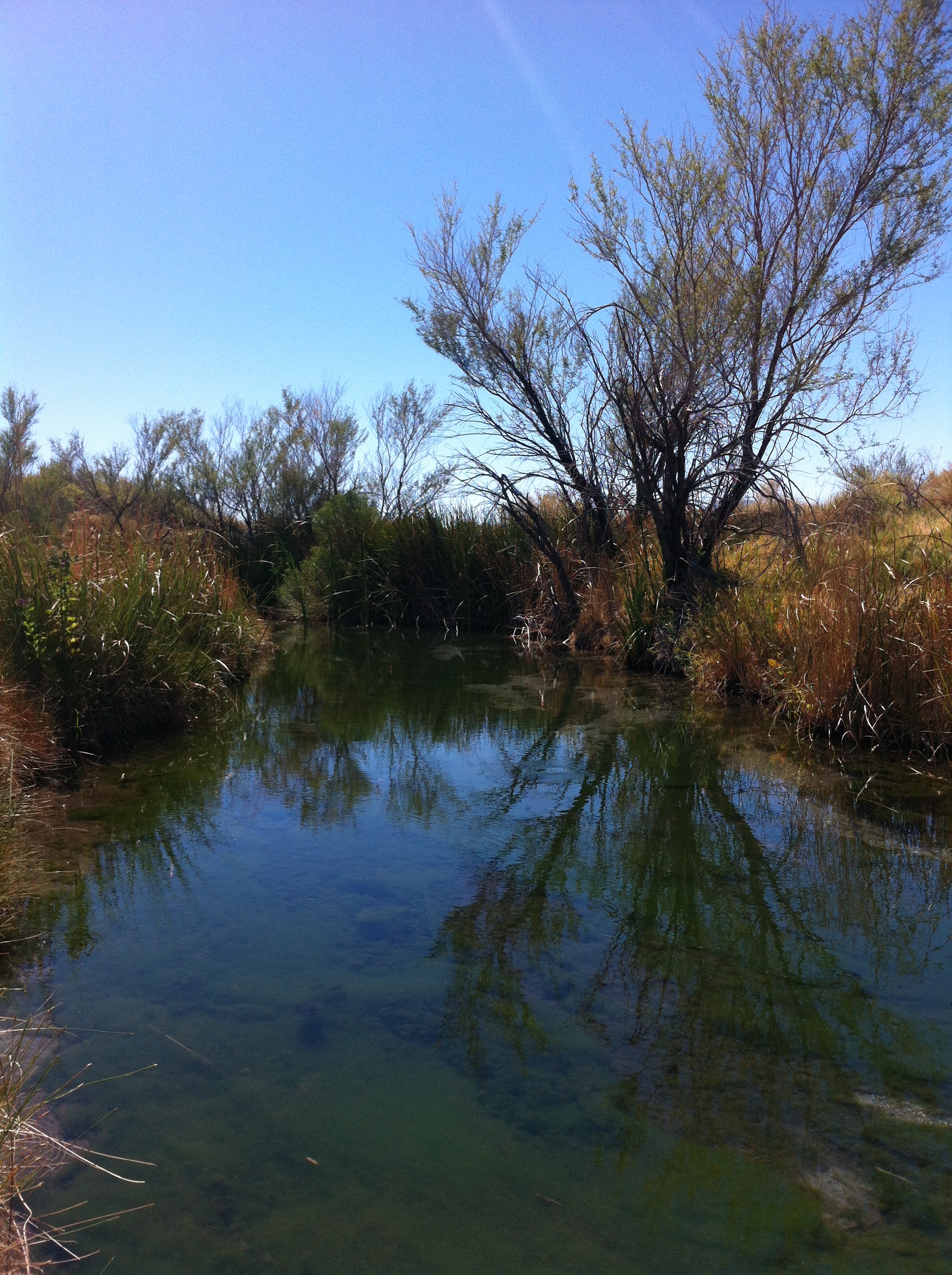
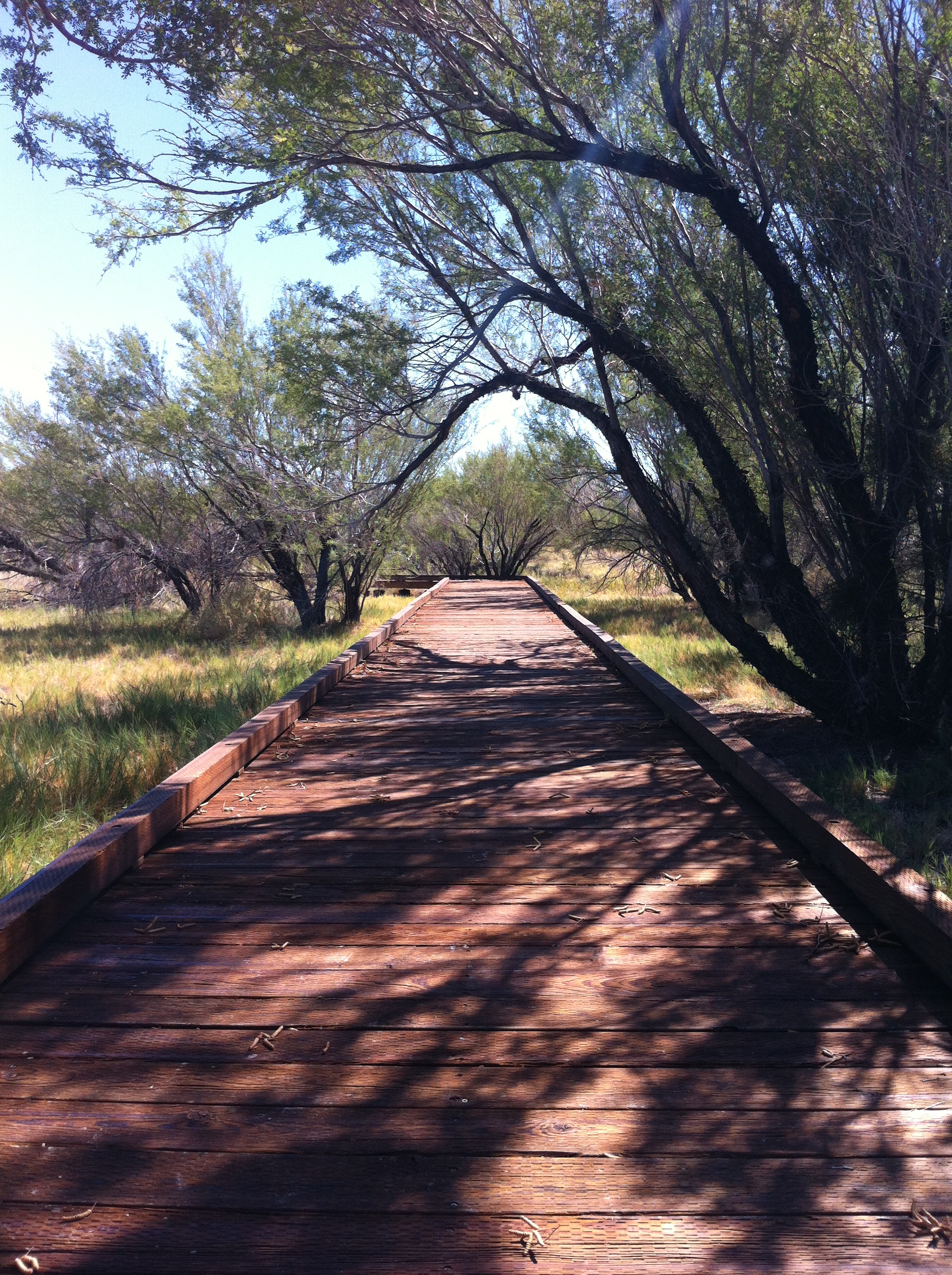
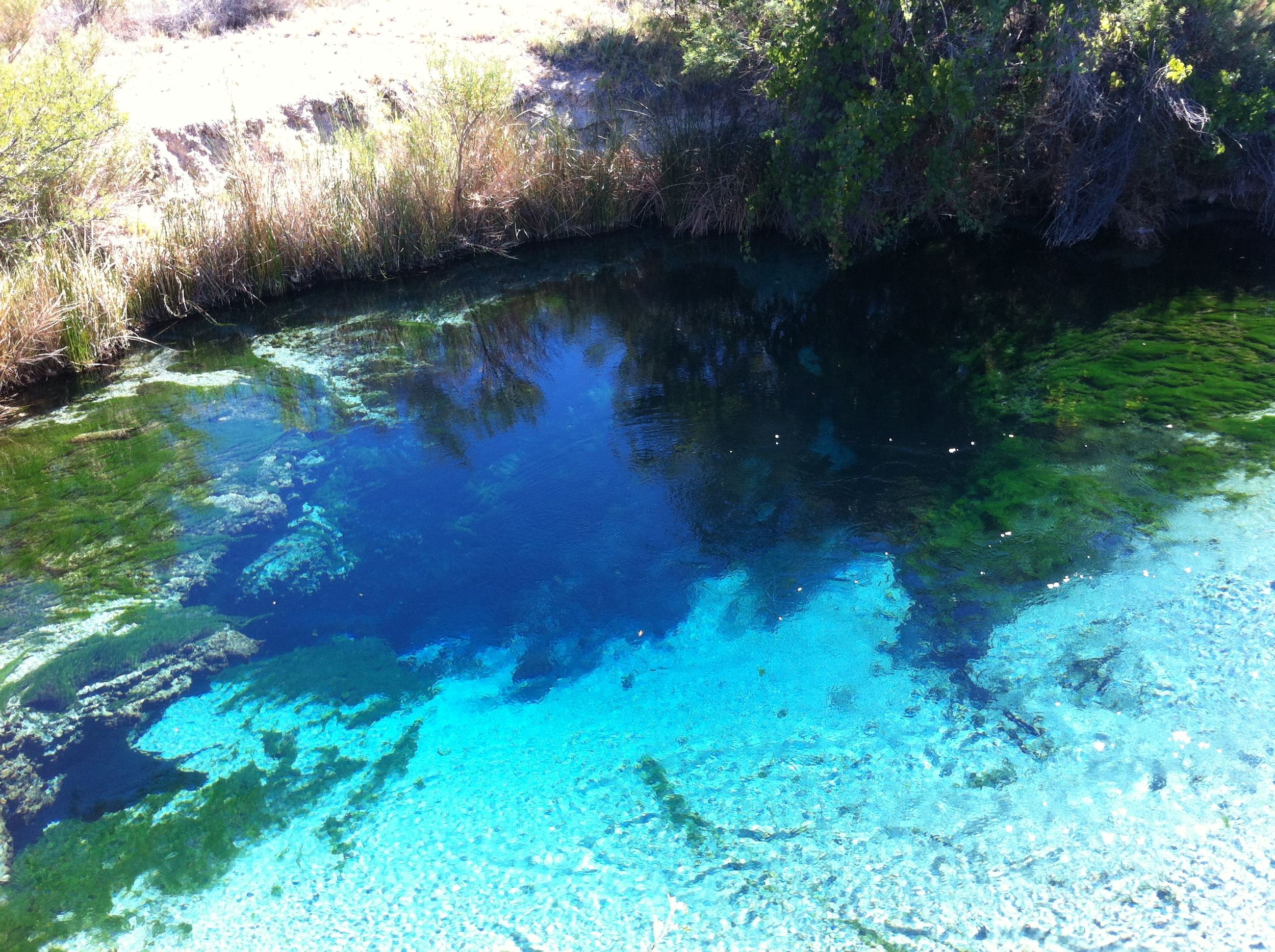
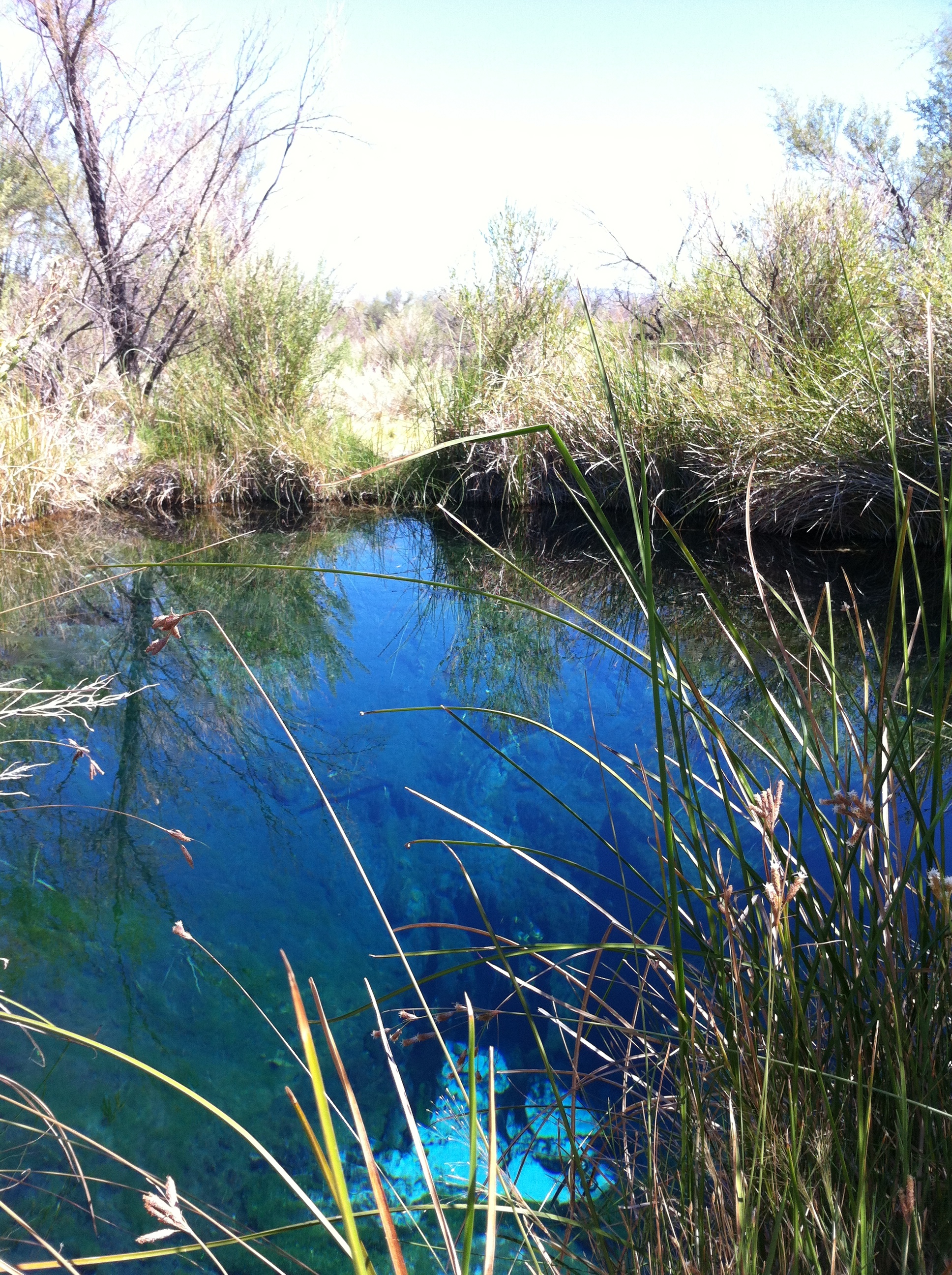
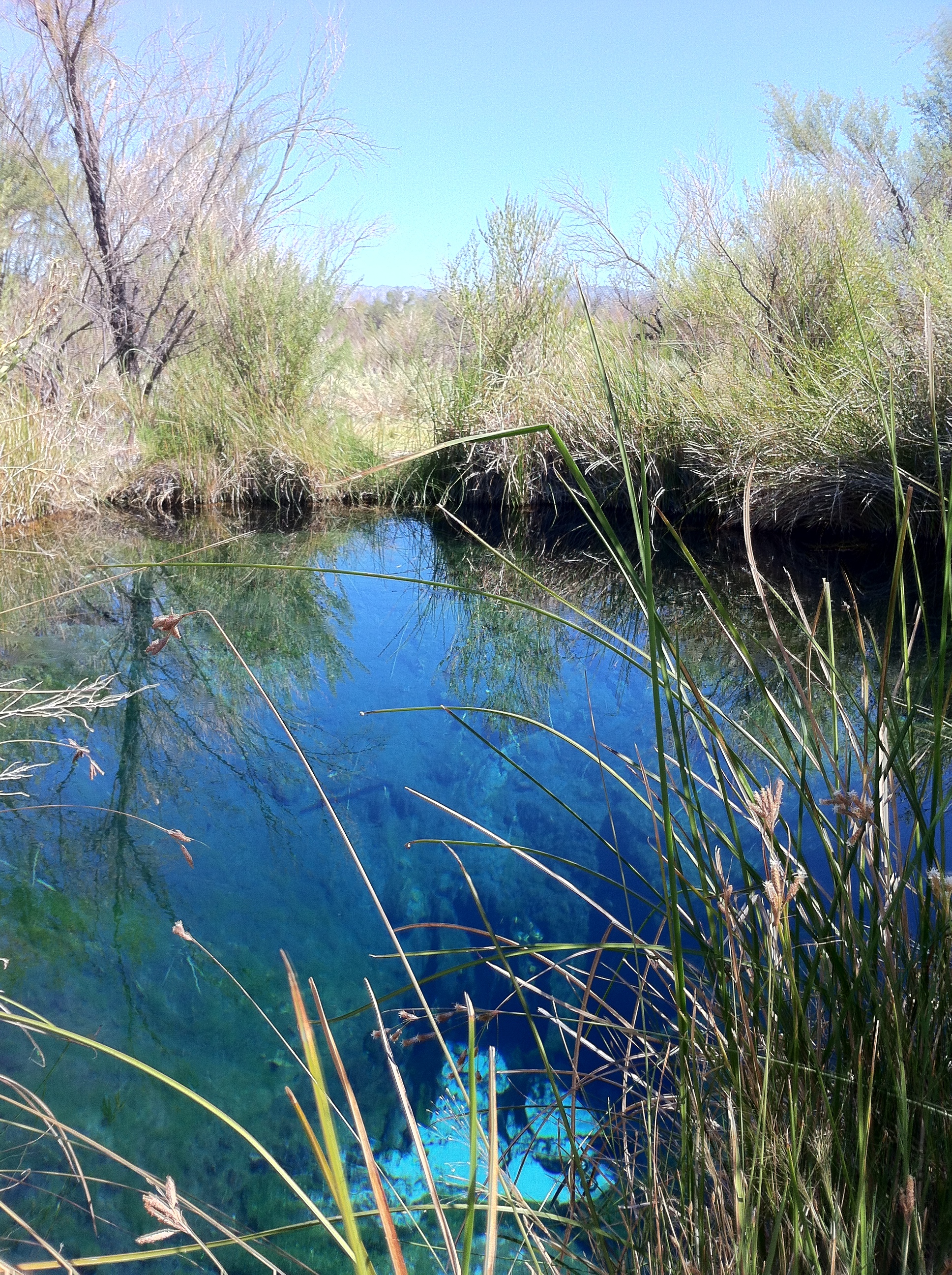
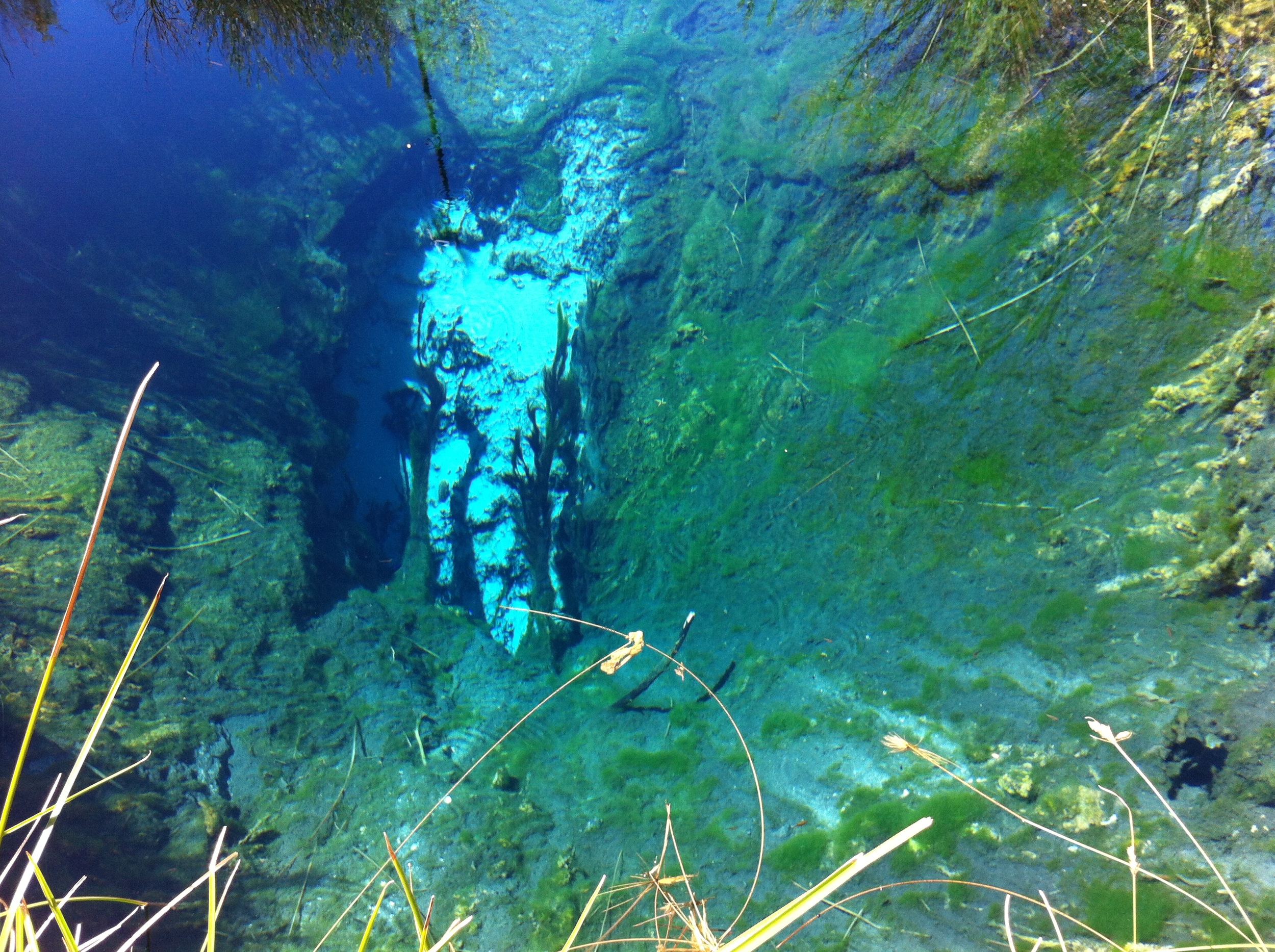
Then again, even if it makes perfect logical sense, things like this sometimes seem a little counterintuitive – after all, how many pools of water do you know that exist in temperatures that usually range from 80-117? My answer: not many. It is for this reason alone that I’d recommend a visit to Ash Meadows. The second is that Ash Meadows is a hidden gem of the National Conservation system. Perhaps it’s the heat; or perhaps its remote location; or perhaps it’s something else entirely, but Ash Meadows is one of the most unknown parks in this National Conservation system of BLM land, National Parks/Monuments, but one in my mind that definitely deserves a visit should you be in the area.
Facts: Ash Meadows is a National Wildlife Refuge, meaning that it is run by the United States Fish and Wildlife Service. The reason behind this? Ash Meadows has over 23,000 acres of wetlands, meaning that the area is frequented by migratory birds, and home to innumerable species of birds and animals, some of which are intrinsically unique to the location and nowhere else. There is a small portion of the refuge that is a part of Death Valley National Park; but as there are no permanent Rangers on site, it’s just easier to view Ash Meadows as one contiguous unit. While Ash Meadows is large, the average visitor or hiker can visit/experience many of the park’s trails and features over the course of a single day. It’s also interesting to note that most of the water in Ash Meadows is fossil water. If you’re like me, and didn’t know that the term fossil could also be applied to water, bonus for you, you just learned something, what fossil water is! And if you want to learn more things like this, I suggest you visit the Visitor Center at Ash Meadows, because they have a hydrologist there, and he is starved for company, and also possesses extraordinary knowledge about the park.


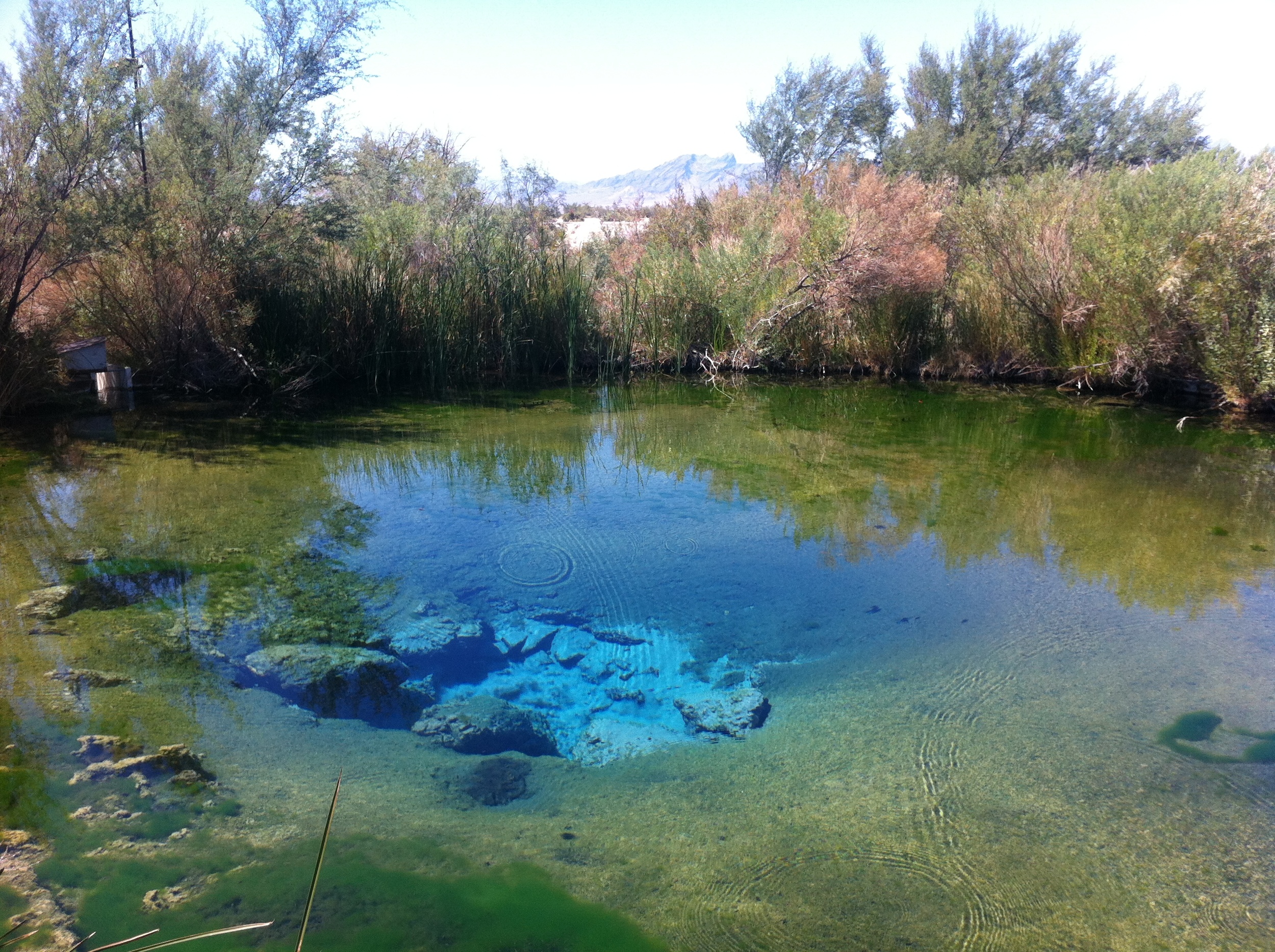
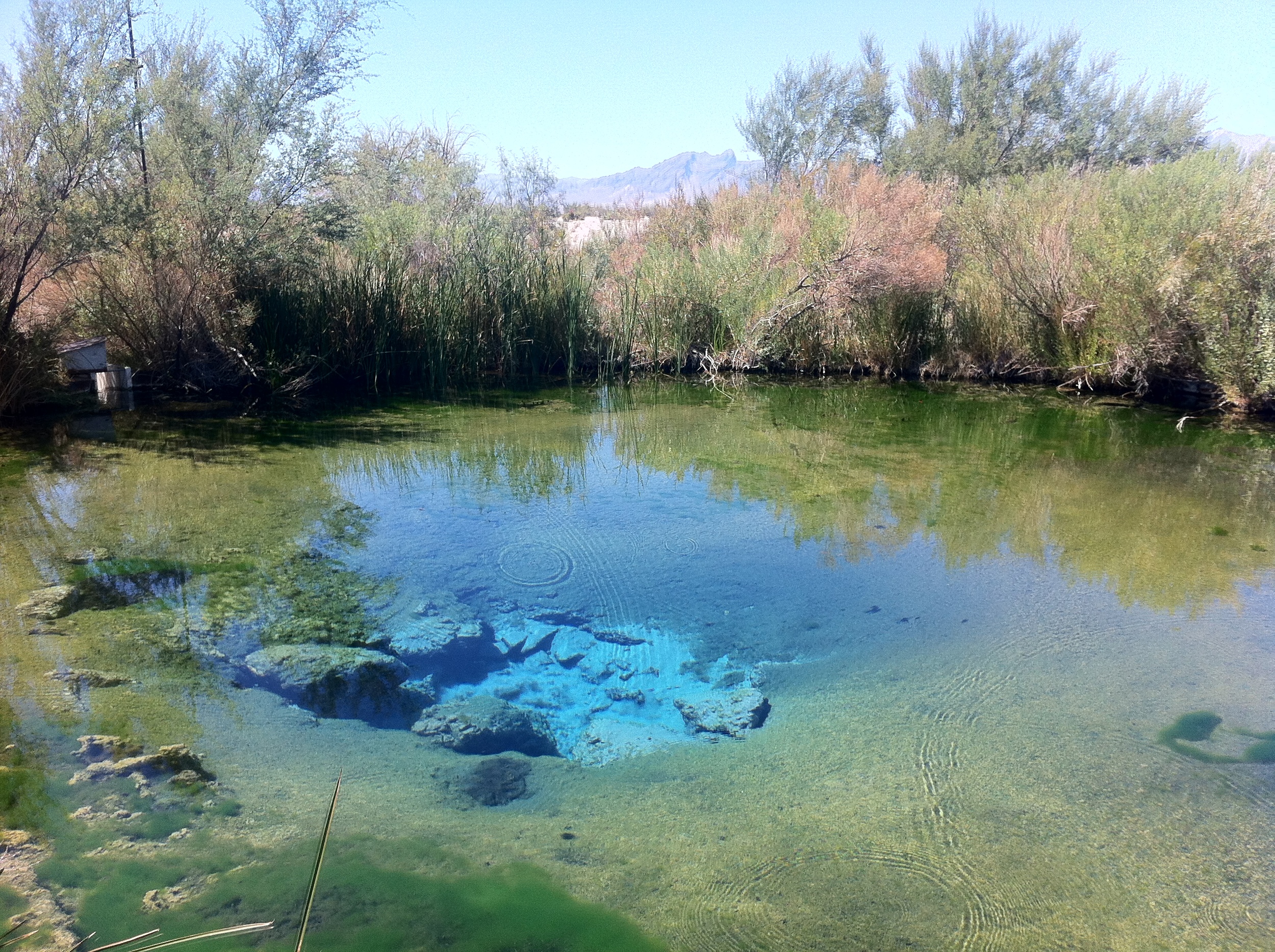
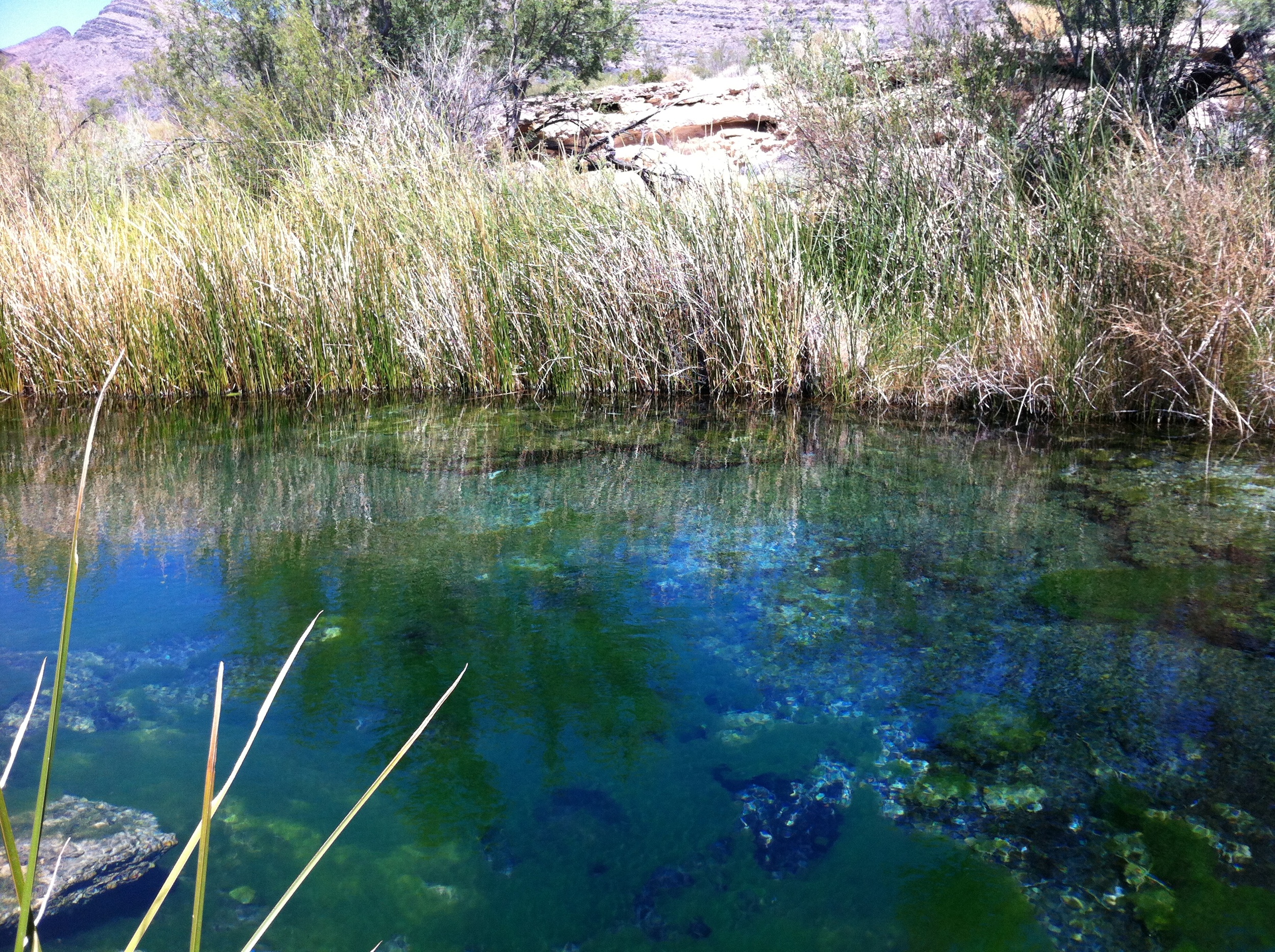
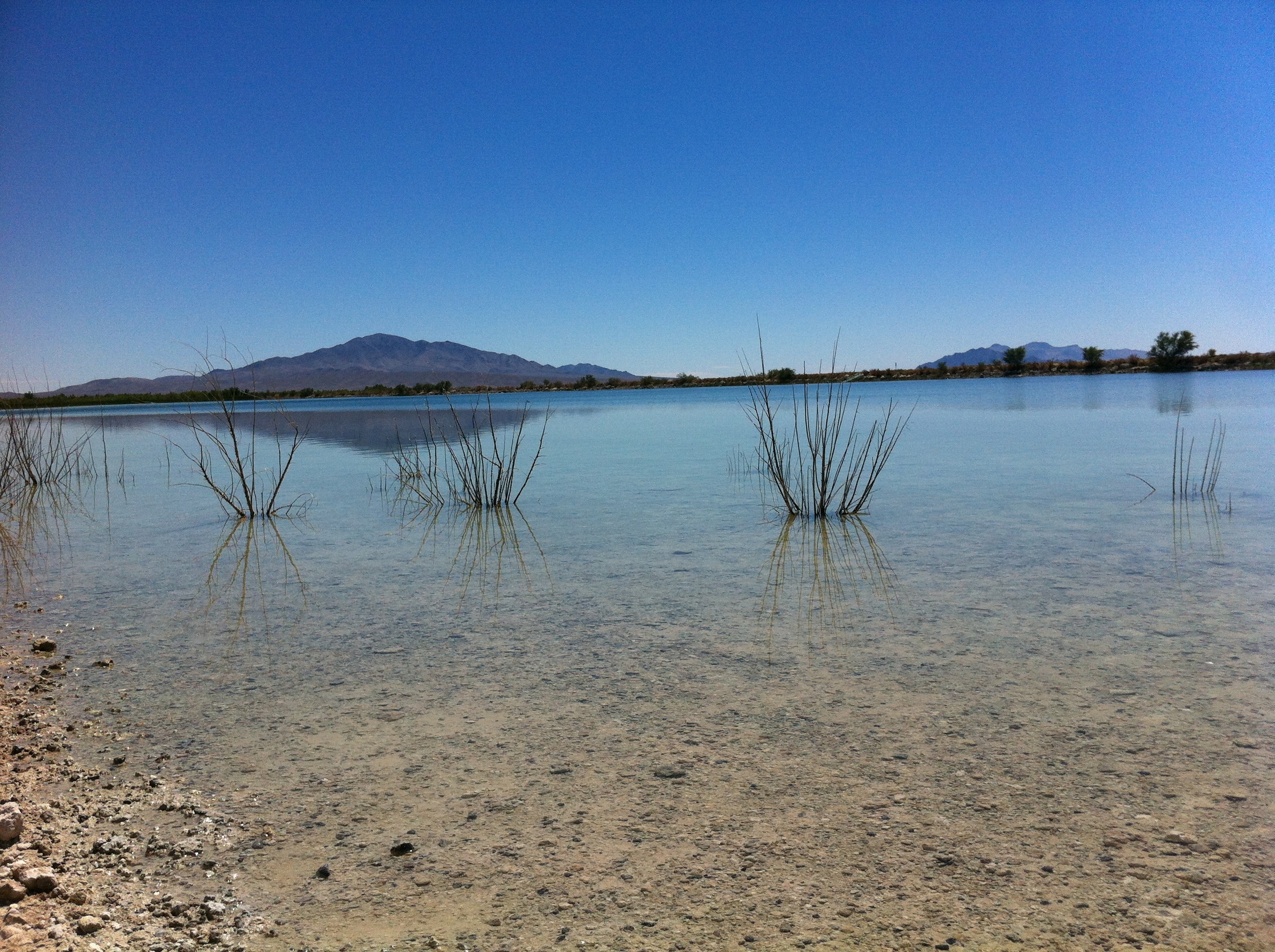
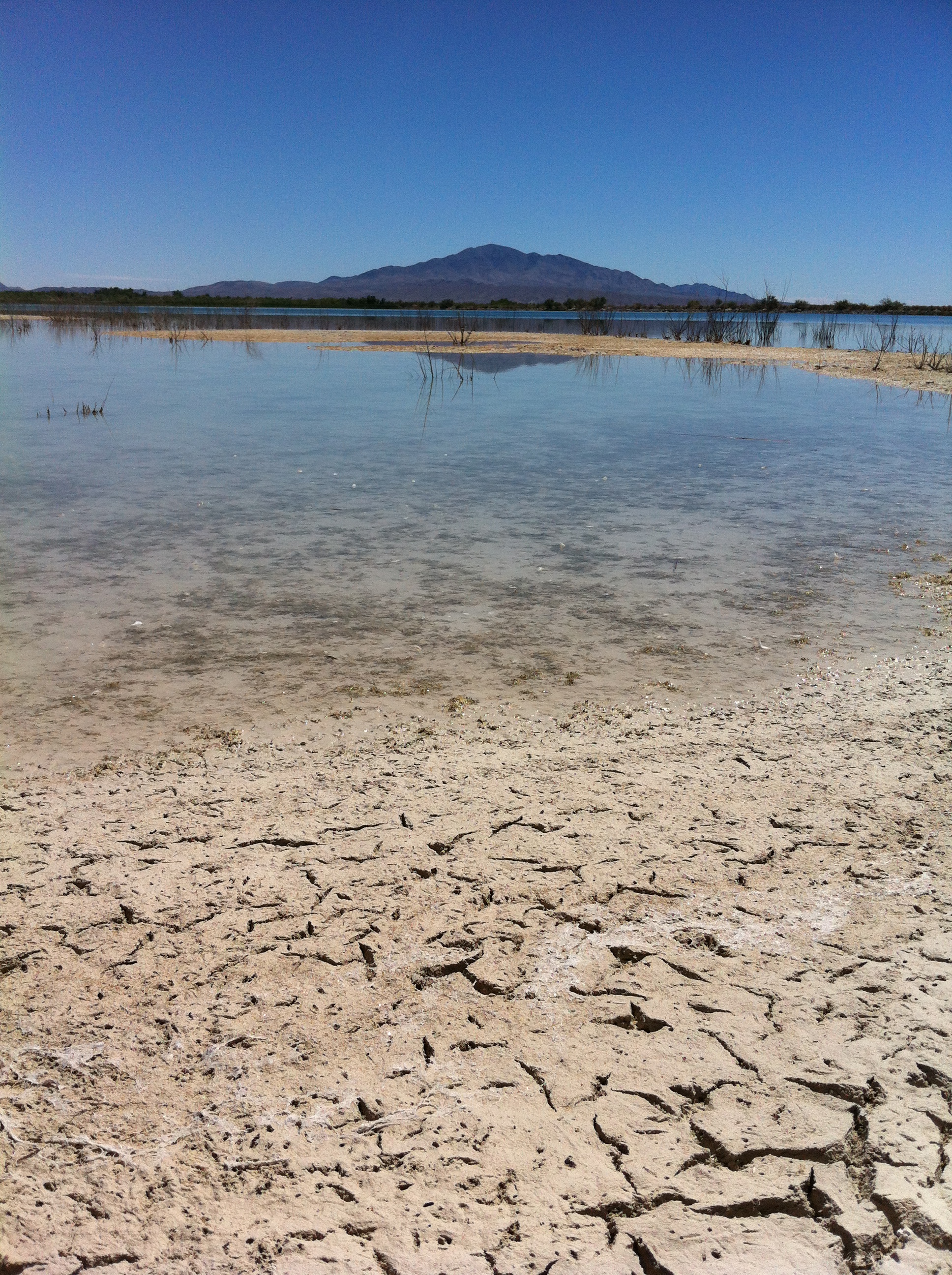

Directions: The Fish and Wildlife Service provides a handy webpage here that tells you how to get to Ash Meadows from anywhere in the world, which I think is pretty awesome. If you don’t like using the internet for whatever reason, you should know that the park is approximately 90 miles north-west of Las Vegas, and it is well-signed and present on all major paper maps.
Things to Do: I visited Ash Meadows in early September, and was able to take in a fair amount of the park’s features which I will detail below. There’s a few more things you can do at Ash Meadows, but in terms of the “Must-Do” features, I think what you’re about to read is fairly comprehensive.
Crystal Spring Boardwalk: While the refuge has clearly put a lot of resources into the Point-of-Rocks Trail that I’ll discuss below, in my opinion this and the walk to Longstreet’s Cabin were the best hikes in the park. This walk/hike leaves directly from the Visitor Center parking lot, and is only .3 miles one way over a mostly flat wooden boardwalk, so this hike, like most of the hikes in Ash Meadows is accessible to everyone. The hike stays on the wooden boardwalk for the entirety of the .3 miles in order to protect the desert pavement and the Crystal Spring wetland, which follows the path of the trail. After approximately fifty feet, one can see the brilliant green and blue water of Crystal Spring. Even though you can see the wetland portions of the Spring at this point, do not stop walking! Yes, the water and the colors present are spectacular at this point – but it gets better. The Spring itself, a large pool is at the end of the Boardwalk, and in my opinion, has the best colors/scenery of the hike. The pool, and its striking colors reminded me of cenotes I had seen (water filled limestone caves) in the Yucatan, and it is amazing to think that this fossil water has been trapped beneath the surface for the last several hundred years or longer. Like Point-of-Rocks, this trail also has great bird watching opportunities, due to the plethora of mesquite trees overhanging the boardwalk and wetlands, and of course the fresh water. The total distance to hike this trail is .6 miles roundtrip. Aside from the heat, this is an accessible trail for hikers of any level.
Longstreet’s Cabin/Longstreet’s Spring: In case you’re an alien and you’ve never been exposed to Earth culture, the West of the 19th Century was a pretty wild place. Nothing sums up that lifestyle like the following verse about Andrew Jackson Longstreet, who resided in Ash Meadows well before it was civilized: “Notched his gun for every man killed/local sheriffs were not thrilled/five grooves places upon that gun/Jack regretted only one”. Like Crystal Springs, the trail is short, flat, and ends at a mysterious pool of fossil water. However, unlike Crystal Springs, the trail also lets you see the restored cabin of Andrew Jackson Longstreet. The trail is about .1 miles on way to the pool; and .1 miles back, for a grand total of .2 miles.
Rogers Spring/Fairbanks Spring: Both of these pools are located in the northern portion of the park; and while Rogers Spring is located directly off the road/parking area, Fairbanks Spring is a 1.5 mile walk from the Rogers Spring parking area. If this park was busy like Yosemite or the Grand Canyon, I’d suggest these springs as a place to get away from the crowds; but I’ll level with you: I saw no people in Ash Meadows anywhere. Period. So, if you want to check out all the springs; great. But don’t feel you have to go here because other areas will be crowded.
Point-of-Rocks: This is an area that’s been restored by the Fish and Wildlife Service and they’ve done a superb job. There’s great interpretive panels; an amphitheater; interesting wrought iron bridges over wetland streams; and ample birding opportunities. This is an area that the Fish and Wildlife Service has worked hard to restore; and if you visit the Visitor Center, one that they will direct you to. Frankly, it’s a great area, and there’s nothing wrong with it. However, for me, I felt that the spring at Crystal Springs had more interesting hues; I saw more birds off of the boardwalk, and it felt more “natural”. But that’s just me, and this is a great interpretive area, especially if you have kids. The total loop is .2 miles, and it is mostly flat and paved in spots, so it is also very accessible.
Crystal Reservoir: Quick, name the only pool/body of water you can go in while visiting Ash Meadows. Yep, that’s right: Crystal Reservoir. While all of the others look fantastic and amazing, they are off limits due to a number of concerns. While that’s good for the environment, it is hard to stare at all of this water on a hot day and not venture in. Fortunately, that’s where Crystal Reservoir comes in: you can wade in and experience the fossil water experience for yourself. But – be warned. Chances are, you’ll be sharing this experience with all sorts of migratory waterfowl. If you don’t mind spending time with the birds, consider this a great spot to take a dip, and wash the desert dust from camping and adventuring before heading into Las Vegas, or any other points East.
